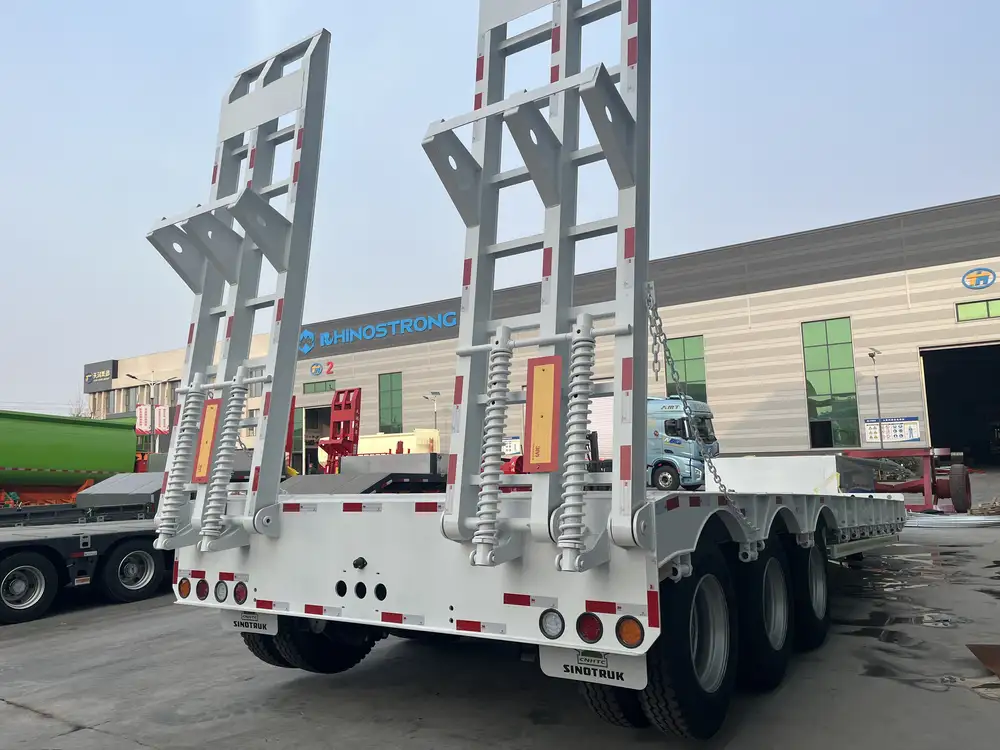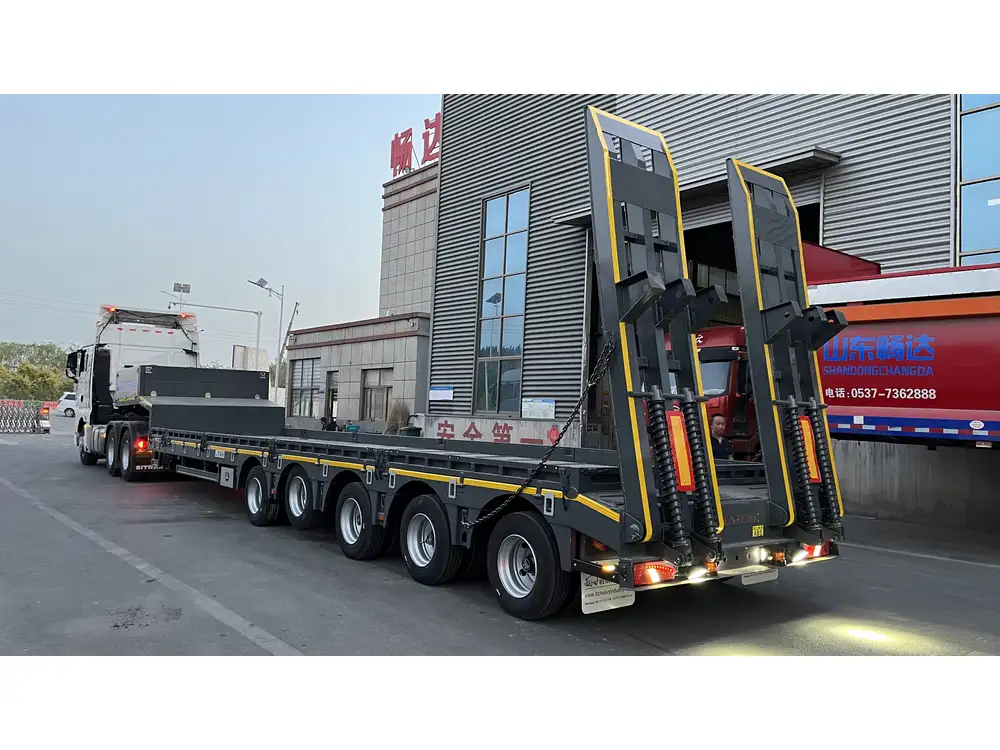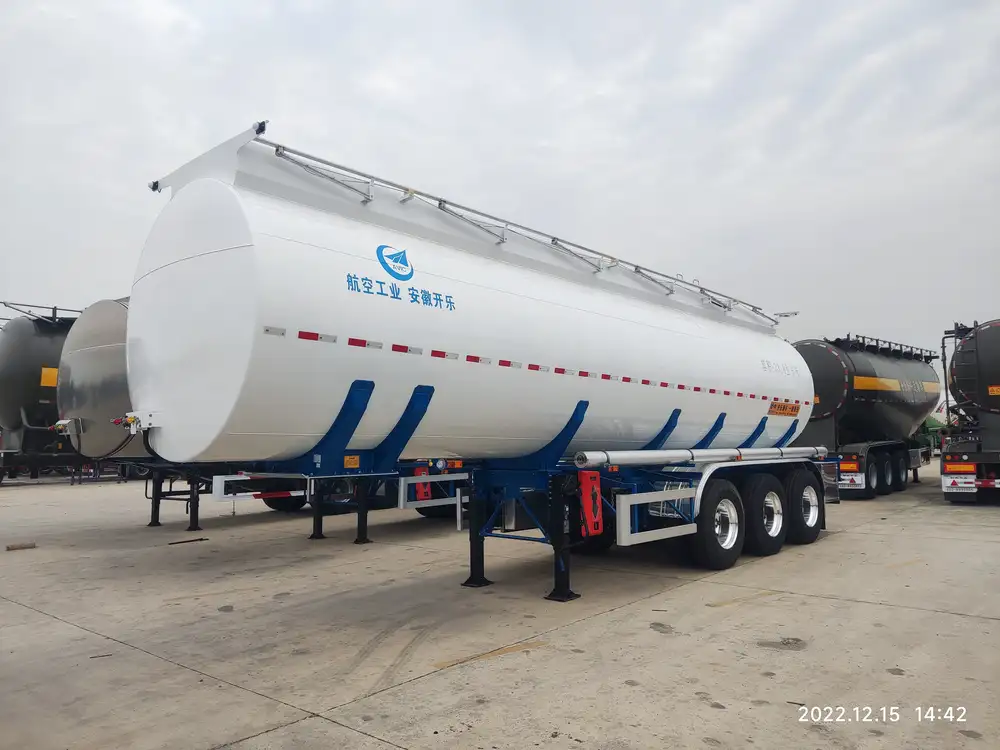When discussing semi-trailers in the logistics and transportation industry, the abbreviation “DR” can often surface. But what exactly does “DR” signify within the context of semi-trailers? Let’s delve into the intricate definitions, uses, and characteristics of these specific vehicles, dissecting the many layers associated with the DR semi-trailer.
Table of Contents
- Definition of DR Semi-Trailers
- Common Types of DR Semi-Trailers
- Applications and Industries Utilizing DR Trailers
- Key Specifications and Features
- Advantages of Using DR Semi-Trailers
- Comparative Analysis with Other Semi-Trailer Types
- Purchasing Considerations
- Maintenance Tips and Best Practices
- Conclusion
1. Definition of DR Semi-Trailers
The term “DR” stands for “Drop Deck,” which describes a specialized type of semi-trailer designed to facilitate the transportation of oversized cargo. Drop deck trailers have a lower deck height than standard flatbeds, enabling them to accommodate taller loads while staying within legal height restrictions. The design often features two distinct levels—an upper deck (or main deck) and a lower deck (or well)—providing versatility in loading and unloading.
This innovative design allows for enhanced loading options for equipment that cannot be easily transported with standard flatbeds, while ensuring compliance with highway regulations.

2. Common Types of DR Semi-Trailers
2.1. Lowboy Trailers
Lowboy trailers are perhaps the most common form of DR semi-trailers. They allow for the transport of heavy machinery and equipment by featuring a very low deck height, giving access to taller loads.
2.2. Step Deck Trailers
Step deck trailers, also known as “drop deck trailers,” have a deck that steps down to a lower level, offering similar benefits as lowboys for certain types of loads.

2.3. Removable Gooseneck (RGN) Trailers
RGN trailers allow the front of the trailer to detach, creating a ramp for easy loading of heavy equipment. This unique feature can mimic the functionalities of standard DR trailers while providing added flexibility.
2.4. Conestoga Trailers
Conestoga trailers feature a retractable tarp covering, providing protection from the elements while maintaining the benefits of a drop deck design.
| Type of Trailer | Deck Height | Load Capacity | Ideal Use |
|---|---|---|---|
| Lowboy | Very Low | High | Heavy machinery |
| Step Deck | Moderate | Moderate | Oversized freight |
| RGN (Removable Gooseneck) | Very Low | Very High | Construction equipment |
| Conestoga | Moderate | Moderate | Weather-sensitive cargo |
3. Applications and Industries Utilizing DR Trailers
DR semi-trailers have found their applications across a wide array of sectors, owing to their design and capabilities. Below are some prominent industries that heavily rely on drop deck trailers:

3.1. Construction
In the construction industry, DR semi-trailers facilitate the movement of heavy equipment like bulldozers, cranes, and excavators.
3.2. Agriculture
Agricultural machinery transportation, including tractors and harvesters, is made efficient through the use of specialized DR designs.
3.3. Oil and Gas
The oil and gas sector often utilizes DR semi-trailers to transport heavy drilling equipment and tanks that exceed standard height restrictions.

3.4. Wind Energy
Transporting wind turbine components necessitates the use of DR trailers, as these components are often large and cumbersome.
3.5. Specialty Logistics
Businesses that require transporting odd-sized loads benefit greatly from DR semi-trailers, as they make it easier to load unstandardized cargo types.
4. Key Specifications and Features
Knowing the primary specifications of DR semi-trailers can aid in selecting the appropriate model for specific needs. Important features include:
- Deck Length: Varies widely, typically ranges from 40 to 53 feet.
- Deck Width: Often between 8.5 to 10 feet, accommodating various cargo sizes.
- Load Capacity: DR trailers can support loads ranging from 30,000 to over 70,000 pounds, depending on the specific type and design.
- Material Composition: Constructed from high-strength steel or aluminum for enhanced durability.
- Suspension System: Air ride systems are common, ensuring a smooth ride for sensitive cargo.
| Specification | Details |
|---|---|
| Deck Length | 40 – 53 feet |
| Deck Width | 8.5 – 10 feet |
| Load Capacity | 30,000 – 70,000 lbs |
| Material | High-strength steel/aluminum |
| Suspension System | Air ride |

5. Advantages of Using DR Semi-Trailers
Choosing to utilize DR semi-trailers offers numerous benefits that can significantly impact logistics strategies:
- Increased Load Capacity: The drop deck design allows for taller cargo without violating height regulations.
- Versatile Loading: Easier access for cranes or other loading devices.
- Enhanced Stability: Lower center of gravity helps stabilize heavy loads during transport.
- Compliance: Staying within regulated height limits while transporting oversized items.
- Protection: Design variations, like Conestogas, offer protection against weather-related issues.
6. Comparative Analysis with Other Semi-Trailer Types
To illustrate the unique benefits of DR semi-trailers, we can compare them against standard flatbeds and other trailer types.
| Feature | DR Semi-Trailer | Standard Flatbed | Enclosed Trailer |
|---|---|---|---|
| Load Height | Lowered for tall loads | Limited to standard height | Limited to standard height |
| Load Stability | Enhanced | Moderate | High (protected) |
| Versatility | High | Moderate | Low |
| Use Cases | Heavy equipment, oversized freight | General freight | Sensitive cargo |
| Cost | Higher initial investment | Lower initial cost | Higher cost |
7. Purchasing Considerations
When considering the purchase of a DR semi-trailer, various factors must be weighed to ensure optimal decision-making:
- Load Requirements: Assess the types of loads most frequently transported to determine size and specifications.
- Budget: Explore both new and used options. While new trailers come with warranties, used trailers may offer significant cost savings.
- Customization Options: Many manufacturers offer customization based on specific user needs, whether for dimensions, materials, or features.
- Warranty and Support: Look for brands that offer robust warranties, proactive customer support, and maintenance assistance.

8. Maintenance Tips and Best Practices
Regular maintenance is crucial for ensuring the longevity and efficiency of DR semi-trailers. Key practices include:
- Routine Inspections: Check for any wear and tear, especially on tires, brakes, and suspension systems.
- Cleaning: Regularly clean the trailer to avoid rust and corrosion.
- Lubrication: Ensure all moving components are properly lubricated to maintain functionality.
- Tire Maintenance: Regularly inspect tire pressure and tread wear to ensure safety.
- Load Checks: Confirm loads are secured and distributed evenly to maintain balance during transport.
9. Conclusion
In summary, DR semi-trailers, or drop deck trailers, represent a critical component of the transportation sector, enabling logistics companies to effectively transport oversized or heavy cargo while adhering to legal requirements. With a variety of applications ranging from construction to agriculture, the innovative design of DR trailers offers clear advantages over conventional semi-trailer types.
As a manufacturer, understanding the unique characteristics and benefits of DR semi-trailers can better equip us to meet our clients’ needs, optimizing not just their operations but also enhancing their profitability. As we look toward the future of the semi-trailer industry, embracing advancements and responding to evolving consumer demands remains essential for continued success and growth in this market.



